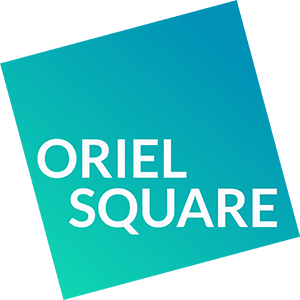Charlotte Al-Qadi is a cultural advisor and publishing services provider. She has commissioned and worked on countless educational resources, exam papers and courses, all with a necessary level of cultural awareness.
Why do you think there’s a general air of reluctance to consider cultural sensitivities?
It has been deemed easier to cut the photo than to find a suitable replacement.
Across cultures and contexts we all have things we find acceptable or unacceptable, whether in general or specific to educational materials. In the industry, there is an impression that the publisher would like to take the easiest route when finding a solution to the discovery of a culturally unsuitable image or topic. It has been deemed easier to cut the photo than to find a suitable replacement. Researching a more suitable topic is seen as too time-consuming.
What’s the solution?
Sometimes, just changing a few words to adjust the angle of the topic can render a problematic text suitable.
When assessing material it’s essential to avoid simply cutting inappropriate images or texts. Instead, we should look carefully at what the cultural issue is to see if the existing material can be adapted.
Sometimes, changing a few words to adjust the angle of the topic can render a problematic text suitable. Even a careful crop of a photo can remove the part that could be offensive without losing the effectiveness of the image itself. From this, you can retain the material that the author has so carefully chosen and crafted to work with the rest of the content. It can be left as it was designed, albeit with subtle changes to suit the culture of your target market.
We should embrace that cultures other than our own also have cultural sensitivities and contexts.
Top tips
- Start by looking at what the cultural issue is and how it can be navigated.
- Adapt existing material rather than making cuts – can you crop an image to remove any offensive parts?
- Ensure that any replacements work with the rest of the content.
Why is cultural awareness so important?
It enriches our understanding, learning and enjoyment of one another.
We all have a culture. Be it American, Chinese, Malay, Saudi Arabian. Not to mention the subcultures within, as well as other interactions such as gender and generational differences. We should therefore accept and embrace that cultures other than our own also have sensitivities and contexts that inform different perspectives.
Cultural sensitivity considerations don’t only apply to education and publishing. We all spend a significant amount of time navigating cultural sensitivities, even if subconsciously. It enriches our understanding, learning and enjoyment of one another. It is definitely something to embrace professionally and personally for a happier and more positive world.
Charlotte al-Qadi is a Cultural advisor and publishing services provider. Get in touch or find out more about her work.
Oriel Square can help your organisation deliver educational content for the MENA market. Get in touch to find out more.

